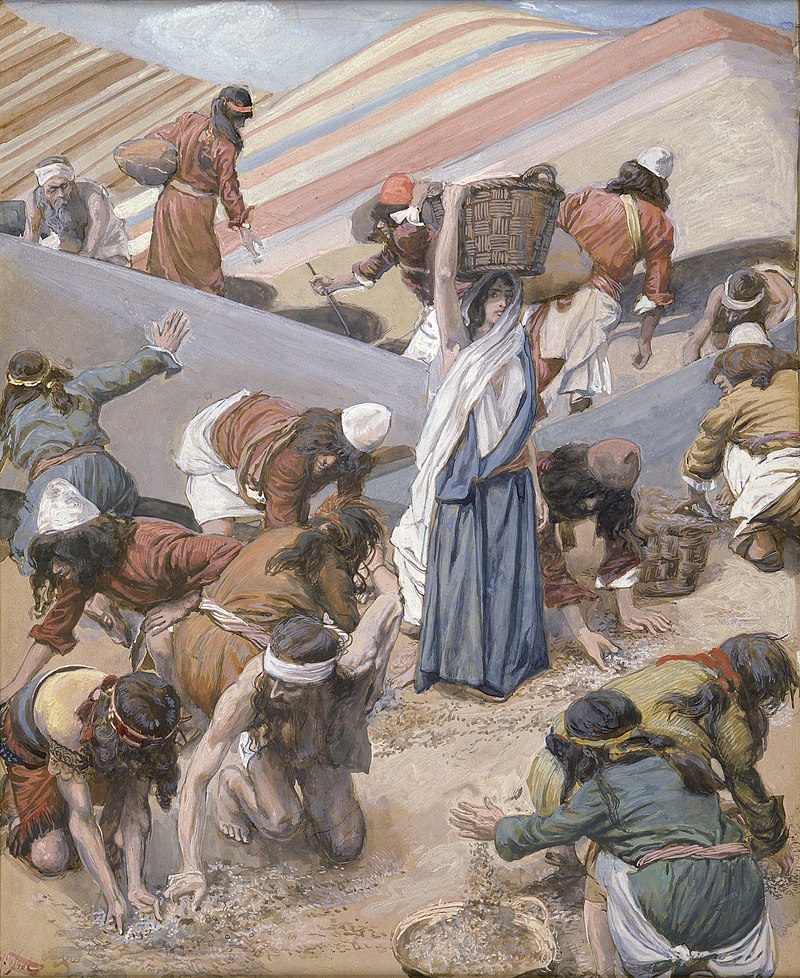
Question:
How can I explain the real presence of Jesus in the Eucharist when people ask about it?
Answer:
This is a regular question people ask, and with this month’s focus on the Eucharist, it makes sense to address it now. But in order to do the question justice, we’re going to take a few columns to respond to this question.
Most of the time this question is posed to Catholics by other Christians who wonder about the basis for our belief that the Eucharist isn’t just a symbol of Jesus, which most but not all Protestant Christians believe, but is actually Jesus himself. It’s from that perspective that I’ll offer a few thoughts in this and subsequent columns.
It’s worth starting with a point that might seem obvious to some, but bears mentioning: our belief that the Eucharist literally is Jesus comes from Jesus himself. We see this most clearly in chapter six of John’s Gospel and in the Last Supper accounts as found in Matthew, Mark and Luke. We’ll look at what we find in those passages in the New Testament in coming months, but first it’s important to note that even this teaching from Jesus himself does not exist in a vacuum; it flows from the Old Testament as well. So before looking at the Gospel passages, I want to look at the Old Testament roots of the Eucharist.
What we find in the Old Testament are three threads that will come together in Jesus and his teaching on the Eucharist. Those threads are the Passover sacrifice and meal that began at the time of the Exodus from slavery in Egypt, the miraculous bread (manna) the Israelites ate in the desert when they were journeying from Egypt to the Holy Land, and the bread the priests ate in the tabernacle and later in the temple of King Solomon. We’ll begin by looking at the manna in the desert.
What about the manna in the desert? Again, the historical context is the Exodus and its aftermath. We read in Exodus 14 about the crossing of the Red Sea, when God saved the people from the pharaoh and his armies when he came after them. Unfortunately, within a short period of time, the people are complaining about their difficulties and yearning for the “good old days” in Egypt, as we read in Exodus 16:2-3. When we keep reading, we see the Lord’s answer in verses 4-5 and 11-15. God provides them with manna for the entire time they wander in the desert. In other words, God provides this daily miracle to feed the people for 40 years.
There are several things to highlight about the food God provides for the Israelites. First, this bread is miraculous. The Israelites called it bread from heaven, and no matter how much or how little the Israelites collected, there was always the same amount, which always lasted no more than a day. Not only that, but the manna appeared every day for 40 years.
Another aspect of the manna worth noting is its double nature: there were actually two miracles, not just one. After God provided manna in the morning, he gave them quail in the evening. The flesh of the quail, as Exodus 16:12 indicates, “at twilight you shall eat flesh, and in the morning you shall be filled with bread.” Not just bread from heaven, but flesh from heaven as well.
A third aspect of the manna that proves interesting is found in Exodus 16:32-33: the Israelites took some of the manna and placed it before the Lord, that is, in the Holy of Holies within the tabernacle, the portable temple in which they worshiped God while they were in the desert. To be concise, the Israelites kept some of the bread in the tabernacle (sound familiar?).
Now, what is the significance of the fact that they placed some of the manna in the tabernacle? Not only was it miraculous, but it was also holy, so holy that it was to be kept in the Holy of Holies within the tabernacle—the most sacred real estate, well, in the world. In fact, Hebrews 9:4 tells us the manna was actually kept inside the Ark of the Covenant, one of the most holy objects, again, in the world.

Also interesting about this preservation of the manna in the tabernacle is the reason for it: in verse 32 we read that God commanded them to do so, so that they may see the bread! So that they may see it!
So in the manna in the desert, God miraculously provided his people with both bread and flesh, which they both ate and kept in the tabernacle so they might look upon it. The connection to the Eucharist is clear: it is bread that becomes flesh, which we consume in order to be spiritually nourished, and which we keep in the tabernacles of our churches so that we might adore him.
Be sure to check out the additional resources at sfcatholic.org/answer. If you have a question you need an answer to, email rkranz@sfcatholic.org.
Chris Burgwald holds a doctorate in theology and is the director of discipleship formation for the Diocese of Sioux Falls.


